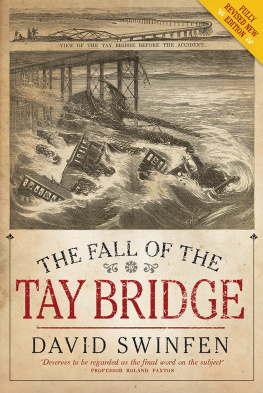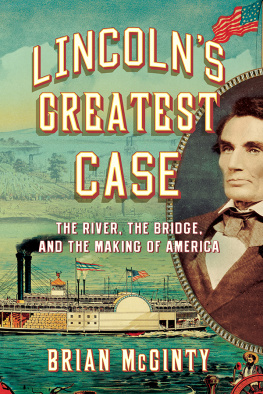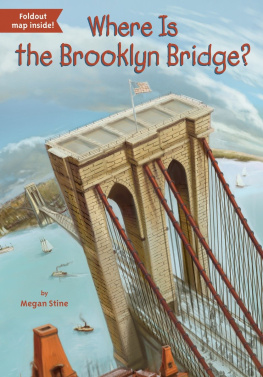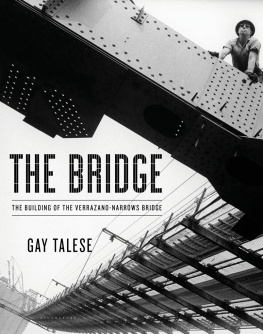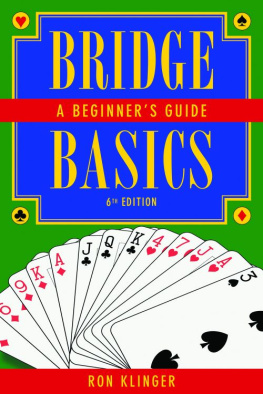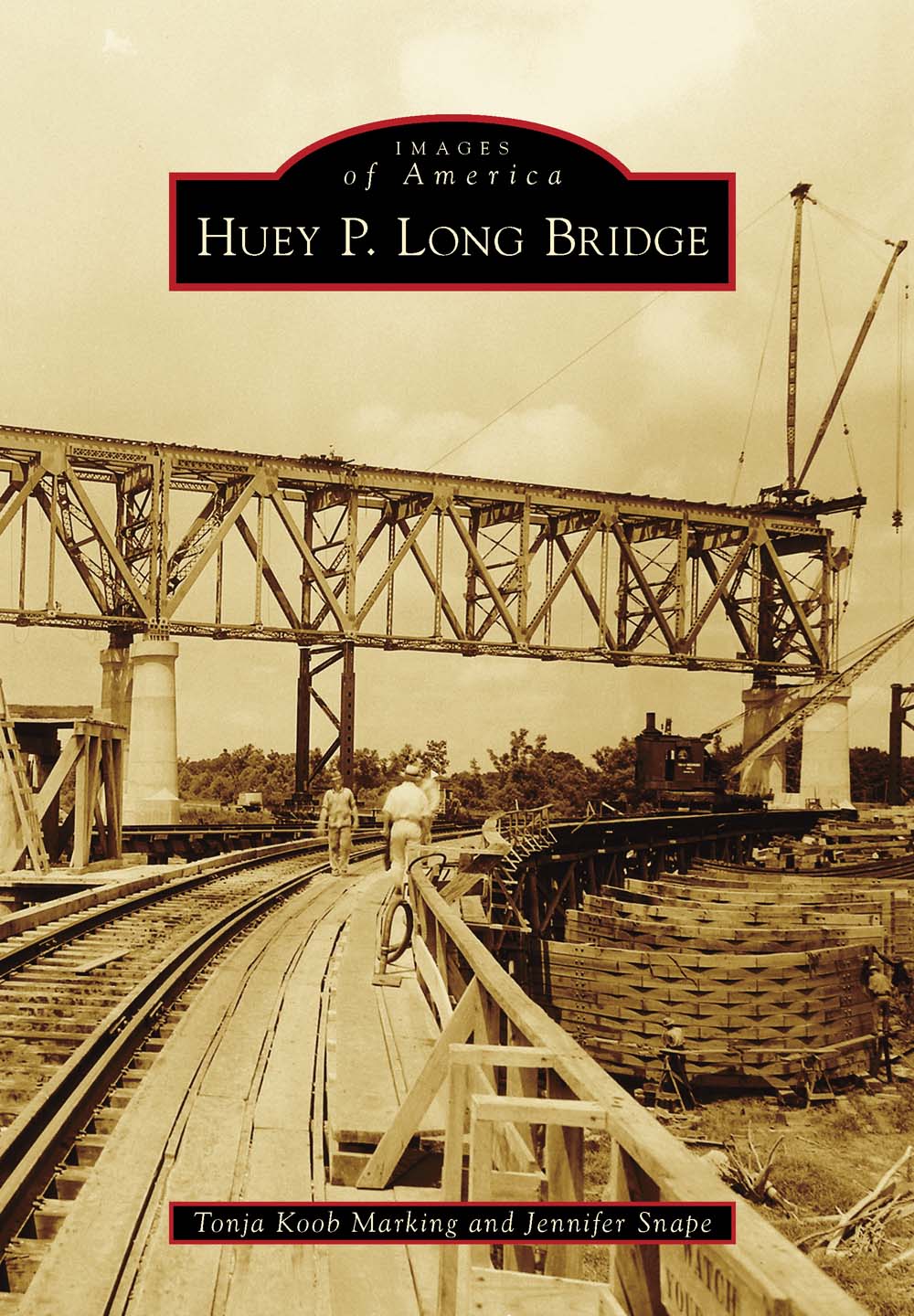
IMAGES
of America
HUEY P. LONG BRIDGE

Ol Man River Bows to Engineers Skill Beneath Mighty Bridge at New Orleans is the headline of the December 20, 1935, Syracuse Herald. Contractors employing innovative construction methods made the engineers plans a reality as the railroad trestle rose over the swamplands and batture of the Mississippi River in Jefferson Parish. (New Orleans Public Belt Railroad.)
ON THE COVER: The American Bridge Company was the contractor responsible for building the steelwork, or superstructure, for the main portion of the bridge. Workmen are erecting the steelwork span between Piers C and D on the east bank of the Mississippi River. These were the last two piers in the contract for the main bridge, with Pier D connecting the main bridge to the approaches. Railroad spur lines such as the one these men are walking on were constructed throughout the project site to move materials and equipment and to serve as a surface on which cranes would raise and place steel members. (New Orleans Public Belt Railroad.)
IMAGES
of America
HUEY P. LONG BRIDGE
Tonja Koob Marking and Jennifer Snape

Copyright 2013 by Tonja Koob Marking and Jennifer Snape
ISBN 978-1-4671-1012-9
Ebook ISBN 9781439643457
Published by Arcadia Publishing
Charleston, South Carolina
Library of Congress Control Number: 2013930358
For all general information, please contact Arcadia Publishing:
Telephone 843-853-2070
Fax 843-853-0044
E-mail
For customer service and orders:
Toll-Free 1-888-313-2665
Visit us on the Internet at www.arcadiapublishing.com
To Jack, boy-engineer extraordinaire To my parents, thank you for your love and support
CONTENTS
ACKNOWLEDGMENTS
The New Orleans Public Belt Railroad generously allowed us to use its photograph archive to create this book. Mike Dumas, chief engineering officer, was wonderful to work with from day one of this effort. We can honestly state that this book would not have been possible without him. Shane Peck, communications director for the Huey P. Long Bridge Widening Project of the Louisiana TIMED Program, shared additional photographs from his collection, which brought the construction story to the present day. Miles Bingham, American Society of Civil Engineers, Louisiana Section, History and Heritage Committee Chair, provided photographs of the Historic Civil Engineering Landmark dedication ceremony and historic documents that aided in telling this story. We thank each of these men for their support and assistance in bringing this book to fruition.
To those who built the bridge in the 1930s, thank you for your hard work and for building a great structure. And to all of the engineers and contractors who are involved in the widening of the bridge today, thank you for your work in making it much less scary to cross.
Finally, I thank my husband, Travis, who loves me because of my nerdiness, not in spite of it. And thank you, to Josh, for your insight into bridge construction.
INTRODUCTION
In a city like New Orleans, surrounded on many sides by bodies of water, bridges form an important connection between the city and surrounding communities for the transportation of people and goods. City planners, politicians, engineers, and businessmen had been envisioning a connection across the lower Mississippi River near New Orleans since 1892, when planners began laying out the possibilities of a railroad bridge between the east and west banks near New Orleans. Newspaper articles discussed technical options regarding location, size, cost, and height of the new bridge, and commented on how the city and surrounding areas would economically benefit from a railroad bridge.
In 1935, the Huey P. Long Bridge opened across the Mississippi River just upstream of New Orleans. It was the longest railroad bridge in the world. Prior to the Huey P, as locals call the bridge, rail traffic crossed the Mississippi River at New Orleans on ferries. Railroad workers disassembled individual cars from the train, transferred them to ferries, and reassembled the train on the opposite bank. Rail traffic wanting to avoid the additional time and expense of ferry crossings routed trains to the closest Mississippi River rail bridge to New Orleans, upstream nearly 200 miles at Vicksburg, Mississippi.
When a downstream Mississippi River railroad bridge was initially conceived in 1892, the soft, deltaic soils and difficult river environment made its construction a near impossibility with existing methods. The final plan, developed 30 years later by bridge engineer Ralph Modjeski, pushed design and construction limits of civil engineering to make the bridge a reality. Bridge engineers still utilize some of Modjeskis ideas almost 80 years later.
At Governor Longs insistence, engineers included a vehicular and pedestrian bridge with the rail bridge. Huey P. Long was a strong supporter of road infrastructure in Louisiana, creating nearly 13,000 miles of paved roads and building approximately 100 bridges as part of his administrations transportation program. Much to the chagrin of modern drivers, road lanes accommodated the smaller vehicles of the 1930s. The lanes were nine feet wide and without shoulders, leading one person to comment that more prayers have been uttered atop the Huey P. Long Bridge than in all the churches of New Orleans and Jefferson Parish combined. The final bridge included a double railroad track and twin 18-foot roadways with two-and-a-half-foot pedestrian walkways. Impressively, the final cost of the bridge in 1935 was $9,424,981, more than $3 million under its budget of $13 million.
The New Orleans Public Belt Railroad owned, and continues to own, the bridge. This was an unusual arrangement at the time, as most railroad bridges were privately owned by a single railroad company. The Huey P, being owned by a public entity, is available to all rail lines servicing the Port of New Orleans. The bridge continues to be a transportation workhorse in the greater New Orleans area. It remains the longest railroad bridge in the United States, at 22,995 feet (4.35 miles) in length. It presently provides access to the Port of New Orleans for six of the seven major rail carriers in the United States, and every day, approximately 50,000 vehicles cross the 8,076-foot-long roadway portion of the bridge.
In 2011, the American Society of Civil Engineers (ASCE) dedicated the Huey P. Long Bridge as a National Historic Civil Engineering Landmark. The structure joined the Eiffel Tower, the Panama Canal, and the Capitol as one of the fewer than 300 landmarks in the world so designated. To become an ASCE landmark, the Huey P met the following requirements: being at least 50 years old and of national historic civil engineering significance; representing a significant facet of civil engineering history; having made a significant contribution, such as being the first project designed or constructed by a particular method or utilizing some unique or significant construction or engineering technique; and having contributed to the development of the nation or at least a very large region. On September 28, 2012, the Huey P. Long Bridge received its official declaration in a plaque ceremony attended by local and state dignitaries. Huey Long himself even made a dramatic appearance.
Following the dedication ceremony, on October 10, 2012, the Jefferson Parish Council passed the following resolution in honor of the Huey P. Long Bridge:
Next page



